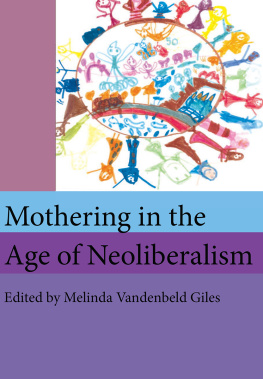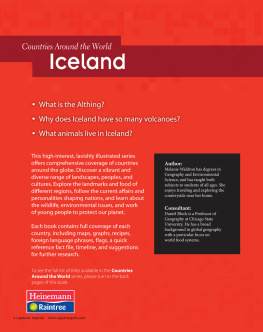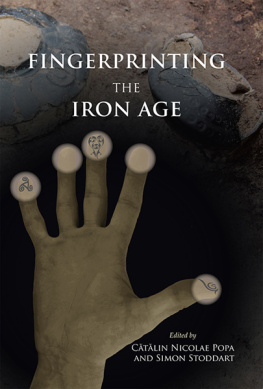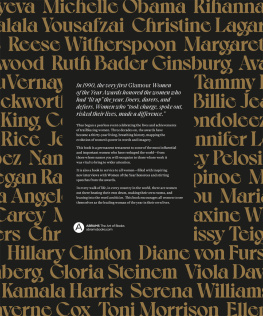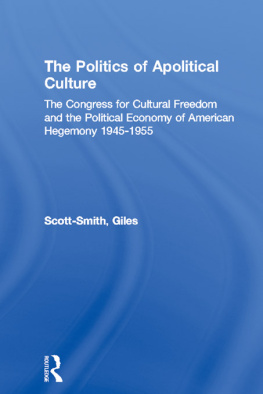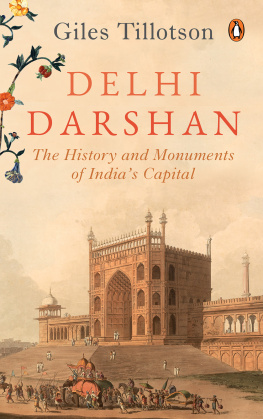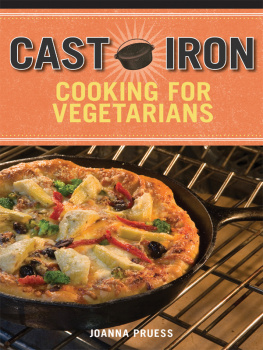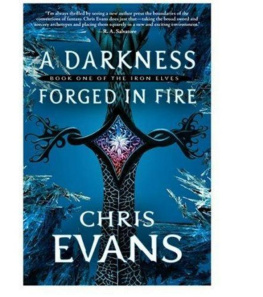Windgather Press
is an imprint of
Oxbow Books, Oxford
M. Giles 2012
All rights reserved. No part of this publication may be reproduced,
stored in a retrieval system, or transmitted in any form or by any means
(whether electronic, mechanical, photocopying or recording) or otherwise
without the written permission of both the publisher and the copyright holder.
ISBN 978-1-905119-46-2
EPUB ISBN: 978-1-909686-03-8
PRC ISBN: 978-1-909686-04-5
A CIP record for this book is available from the British Library
This book is available direct from
Oxbow Books, Oxford, UK
(Phone: 01865-241249; Fax: 01865-794449)
and
The David Brown Book Company
PO Box 511, Oakville, CT 06779, USA
(Phone: 860-945-9329; Fax: 860-945-9468)
or from our website
www.oxbowbooks.com
Printed by
Berforts Information Press
This book is dedicated with grateful thanks to:
Maggie and Norman Damerell,
who started all of this
Pat Wagner, whom I have been privileged
to call both mentor and friend
and in loving memory of
Christopher Godwin Giles
Preface and Acknowledgements
Beautys also a matter of power,
a way to say, Look, this I make,
Whats identity but a forged glamour?
Isnt it style that mocks death?
Mark Doty Emerald
This book takes as its title part of a poem written by Mark Doty. In a reflection on the death of a friend, Doty focuses on the things that we make or curate, as palpable expressions of enduring existence. Sitting in the archives of the Hull and East Riding Museum, feeling the weight and heft of an iron mirror, it is easy to sense the hand of the past reaching out in defiance of time, through this exquisitely crafted object. Yet as Mark Doty reminds us, beauty also concerns power, and the status and identity of people in the past. His use of a powerful metaphor to convey this the forged glamour of performance and display is an inspiring and apposite way to begin a study of ironworking communities renowned for their spectacular material culture, who lived in modern-day East and North Yorkshire, between the 4th and 1st centuries BC.
At its simplest, this book is an exploration of their lives and deaths. It evaluates settlement and funerary evidence, analyses farming and craftwork, and explores what some of their ideas and beliefs might have been. It situates this regional material within the broader context of Iron Age Britain, Ireland and the near Continent, and considers what manner of society this was. In order to do this, however, it makes use of theoretical ideas on personhood, and relationships with material culture and landscape, arguing that (as Mark Dotys poem goes on to suggest) the making of identity always takes work. It is the character, scale and extent of this work (revealed through objects as small as a glass bead, or as big as a cemetery; as local as an earthern-ware pot or as exotic as coral-decoration) which enables archaeologists to investigate the web of relations which made up their lives, and explore the means of power which distinguished their leaders.
This book is aimed at several audiences. I hope it will be useful to the excavator of a new sword burial or someone who discovers an Iron Age brooch, enabling them to find out its approximate date, how to describe it, and where other examples have been found. At the same time, it is an interpretive account, which, no doubt, varies from the stories others have told (or might yet tell) of the so-called Arras culture. Each generation gets the past it deserves, we are often told, and I have undoubtedly brought my own interest in age and gender, or the relationship between craft skill and power, to bear on this rewarding material. I hope at the very least, to highlight the remarkable quality, international significance, and compelling fascination of this archaeology, to both old and new audiences.
The book began life as a PhD funded by the AHRC, under the direction of both Mike Parker Pearson and John Barrett my thanks go to both of them, as to Mark Edmonds, whose creative approach to archaeological writing continues to inspire. It was completed through a research sabbatical from the University of Manchester, and matched Research Leave funding from the AHRC: for this generous grant the author is most grateful. The reconstruction drawing by Aaron Watson was funded by a Research Small Grant from the University of Manchester.
The work that has gone into this book rests squarely on the shoulders of many renowned archaeologists. Key amongst these is John Dent: director of the excavations at Wetwang Slack, who has been unfailingly generous in allowing access to unpublished material, and courteous in sharing his extensive knowledge of Iron Age East Yorkshire. Also Ian Stead, director of the British Museum excavations in the Great Wold Valley, whose meticulous archival research, inspiring excavations and incisive interpretations form the foundation of much material presented here. His successors at the British Museum, J. D. Hill and Jody Joy, have likewise been unfailingly supportive of this project, providing access to archival material and unpublished reports on the Wetwang Village chariot burial. Adrian Havercroft, Rod Mackey and Kate Dennett also gave invaluable insights into this excavation as well as the broader East Yorkshire material. Other researchers who have kindly shared their time, ideas and insights include: Cathy Stoertz, Val Rigby, Mandy Jay and Janet Montgomery, Kate Waddington, Chris Fenton Thomas and Bill Bevan. Throughout, Paula Gentil, curator of the Hull and East Riding Museum, has been unfailingly generous with her time and access to excavation material. Caroline Rhodes (Collections Curator, Hull Museums) kindly photographed key objects and provided other illustrations. Adam Parker of York Museums Trust kindly helped with image enquiries. Stephen Harrisons inspiring research on the antiquarians John and Robert Mortimer, has also been invaluable. Oxford Archaeology North kindly gave permission to visit the Ferry Fryston burial under excavation. I have also greatly benefited from the staff and expertise at Humber Field Archaeology, particularly the wisdom of Dave Evans and Pete Didsbury, whilst Jim Fraser and Sophie Tibbles facilitated access to the Caythorpe excavations, courtesy of the developer Centrica. Victoria Brown, SMR Officer at Hull, provided invaluable information at short notice, whilst Linda Smith facilitated archival access for North Yorkshire. In terms of expertise, Andrew Chamberlain offered invaluable advice on the demographic analysis and Sonia OConnor kindly shared ideas and information on the Ferry Fryston metalwork. The collaboration with the artist Aaron Watson to produce the chariot burial reconstruction, has been especially rewarding (and thanks to Joan and Medwin Giles, for participating in the making of this special image). Meanwhile, Jo Wright has been unfailingly patient in the production of all other illustrations and line drawings in this volume. I have also been privileged to benefit from insightful conversations and fascinating research produced by three key PhD students: Sarah King, of Bradford University, Gala Argent of Leicester University and Greta Anthoons of Bangor University. Meanwhile, a broader group of prehistoric scholars have patiently listened to, debated and critiqued much of the argument presented here: thanks especially to Duncan Garrow, Bob Johnston, Chris Gosden, Niall Sharples, John Collis, Barry Cunliffe, Tim Champion, Andrew Fitzpatrick, Colin Haselgrove, Richard Bradley, Raymond Karl, Miranda Aldhouse-Green, Adrian Chadwick and Jonathan Last.






